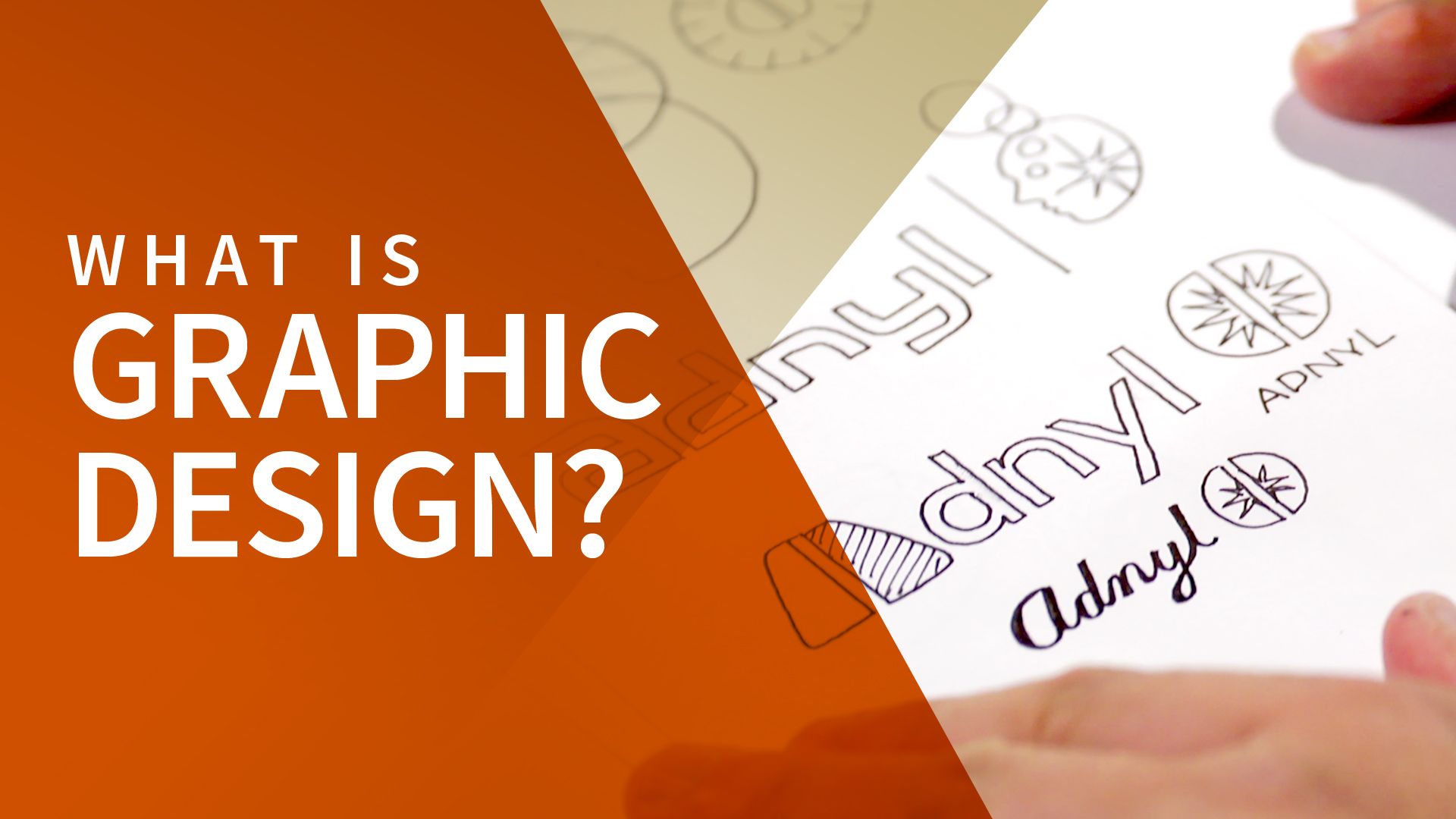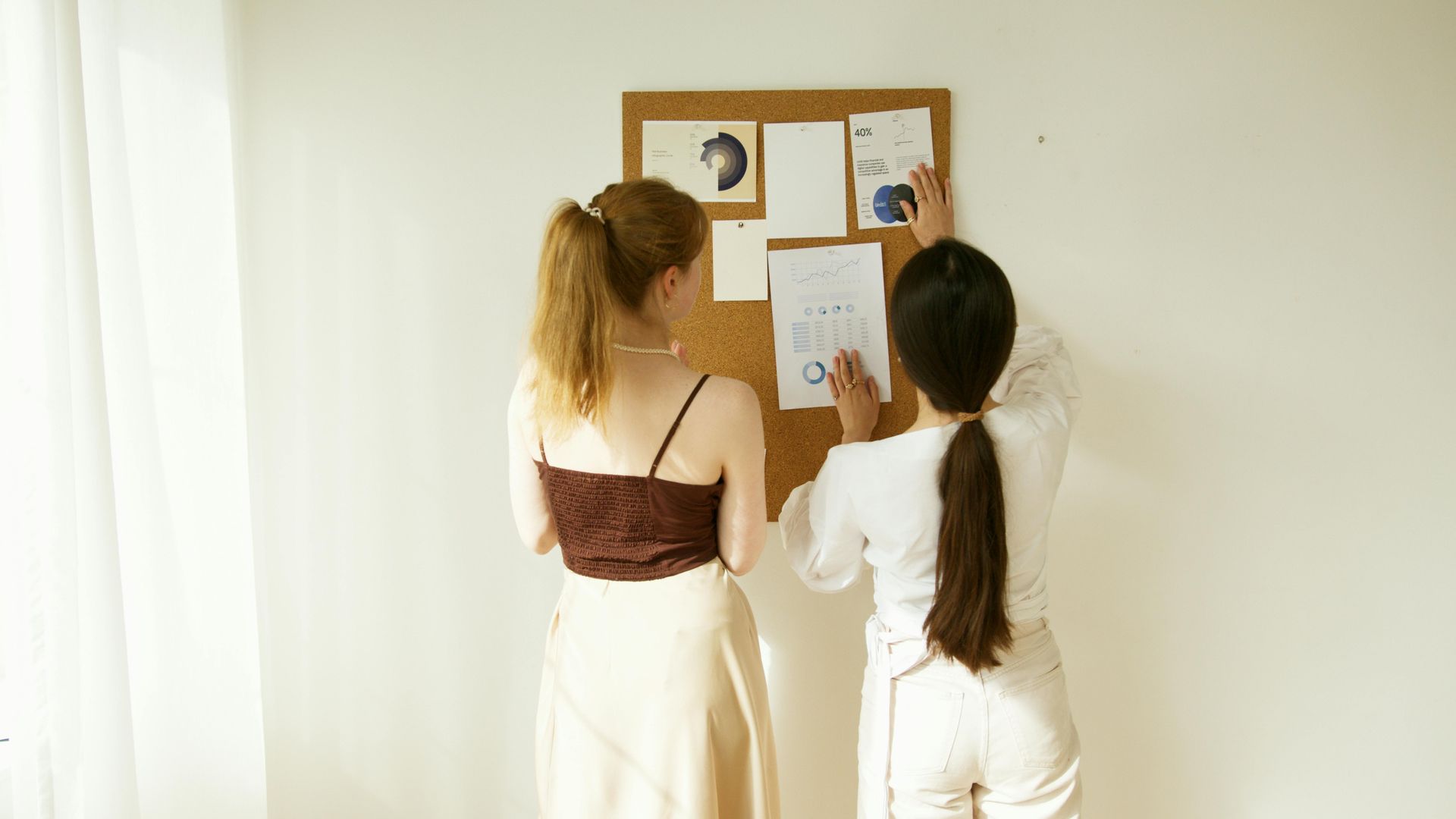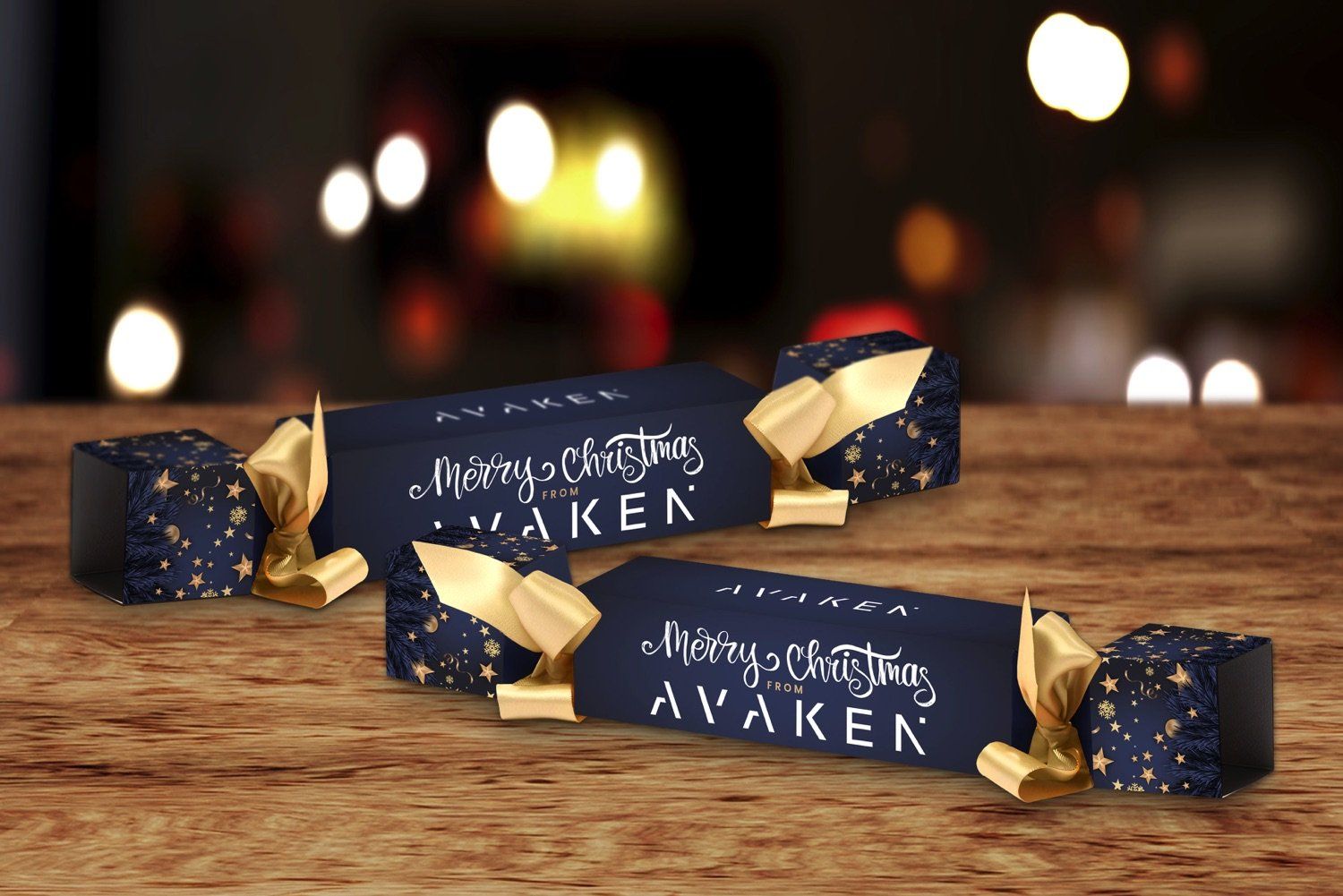Blog

How to Elevate Your Brand with Professional Social Media Post Creation Why Social Media Content Matters for Your Business In today’s digital landscape, social media plays a crucial role in how businesses connect with their audience. Whether you run a small local business or a growing brand, your online presence is often the first impression potential customers have of you. High-quality social media content can: Enhance brand credibility and trust Increase audience engagement and customer loyalty Drive website traffic and potential sales Visual content, in particular, is key. Studies show that posts with images or videos receive significantly higher engagement than text-only posts. But creating professional, eye-catching designs consistently can be time-consuming and challenging—this is where professional social media post creation comes in. The Power of a Social Media Content Plan Many business owners struggle with what to post on social media. Without a structured plan, posting becomes inconsistent, engagement suffers, and opportunities to connect with potential customers are lost. A well-thought-out content calendar: Keeps your brand message consistent across platforms Ensures regular posting for better engagement Saves time by eliminating last-minute content creation stress Allows for better strategic marketing efforts By planning posts in advance, you can align them with promotions, industry trends, and key business milestones, ensuring that your content remains relevant and impactful. Custom Graphics vs. DIY Designs – Which Works Best? Some business owners attempt to create their own social media graphics using free design tools. While this can work in a pinch, it often leads to inconsistent branding, low-quality visuals, and missed opportunities for engagement. Professionally designed social media posts offer: A polished and cohesive look that aligns with your brand identity Unique, custom designs tailored to your business goals Graphics that stand out in crowded social feeds Your audience is constantly bombarded with content, so having professionally designed posts gives your brand the competitive edge needed to capture attention. Our Social Media Post Creation Process At Aitken Design, we take the guesswork out of social media content creation. Our streamlined process ensures you get high-quality, engaging graphics without the hassle: Understanding Your Brand & Goals – We start by learning about your business, target audience, and marketing objectives. Creating a Custom Social Media Content Calendar – We develop a strategic posting plan, ensuring content aligns with your brand and industry trends. Designing Engaging Graphics – Our team crafts high-quality visuals tailored to your brand’s identity and messaging. Delivering Ready-to-Post Content – We provide fully designed graphics that you can easily upload to your social media platforms. Tips for Maximizing Engagement with Your Posts Even the best-designed social media posts need strategic execution to maximize engagement. Here are some key tips: Post at Optimal Times – Research shows that posting when your audience is most active leads to better engagement. Use Engaging Captions – Pair your graphics with compelling text and strong calls to action. Leverage Hashtags & Trends – Strategic use of hashtags can increase visibility and reach. Maintain Consistency – Regular posting helps keep your brand top-of-mind for your audience. Why Partner with a Professional Graphic Designer? Investing in professionally designed social media content saves time and ensures your brand always looks its best. Instead of struggling with DIY designs, let a professional handle the creative side while you focus on running your business. Here’s why it makes sense: Saves Time & Effort – No need to learn design tools or spend hours creating content. Professional-Quality Graphics – Stand out from competitors with unique, high-quality visuals. Consistent Brand Identity – Keep your social media looking professional and cohesive. Ready to Level Up Your Social Media Presence? If you’re ready to take your social media marketing to the next level, we’re here to help. Our professional social media post creation service makes content planning easy and effective, ensuring your brand stays relevant and engaging online.

Beyond the Digital Buzz: Reconnecting with Personal Marketing in 2025 Introduction: In a world dominated by digital interactions, it's easy to forget the power of a personal touch. While online marketing remains crucial, a noticeable shift is occurring as we approach 2025. Businesses are increasingly recognizing the limitations of purely digital strategies and are seeking to reconnect with their audience on a more human level. This isn't about abandoning the digital realm; it's about creating a harmonious balance between the digital and the tangible, a blend that resonates with the core of human connection. The Power of Physical Presence: We've all experienced the transient nature of digital interactions. Emails get lost in overflowing inboxes, and social media posts vanish within seconds. But a physical item? That lingers. A well-designed business card placed on a desk acts as a constant, silent reminder. It's a tangible representation of your brand, a conversation starter, and a symbol of professionalism. But let's go beyond the standard business card. Think personalized notebooks, branded pens, and even quirky items like branded rubber ducks. These items do more than just carry your logo; they create a memorable experience. They stand out from the digital clutter, leaving a lasting impression. Building Relationships, One Touch at a Time: People buy from people they know and trust. In 2025, this fundamental principle will be more critical than ever. Building trust and loyalty requires more than just online interactions. It requires a personal connection. A physical item, whether a handwritten note or a small gift, conveys a sense of care and attention that digital communication often lacks. It shows that you value your relationship with your clients, fostering a sense of loyalty that goes beyond mere transactions. The Rise of Targeted Leaflet Distribution: While drones distributing items are a thing of the future, the power of physical distribution remains rooted in traditional, effective methods. We've seen a surge in clients seeking targeted leaflet distribution services. This isn't just about scattering flyers; it's about strategic placement in specific neighborhoods and areas, reaching the right audience at the right time. Our approach involves meticulous planning, ensuring that your message lands directly in the hands of potential clients. Why Physical Distribution Matters in 2025: In a landscape saturated with digital noise, physical distribution offers a refreshing and effective alternative. It cuts through the clutter, delivering your message directly to your target audience. The tangible nature of a leaflet or postcard creates a lasting impression, increasing brand recall and driving engagement. As demonstrated by our client in the real estate sector in Glasgow, a well-executed leaflet distribution campaign can yield remarkable results. They achieved a 5% lead capture rate, doubling the industry average, and generating 250 new leads from 5,000 leaflets. This tangible success underscores the power of physical distribution in driving real-world results. Introducing Aitken Design Leaflet Distribution Service: At Aitken Design, we understand the importance of a balanced marketing strategy. That's why we're excited to announce the launch of our new leaflet distribution service. We work closely with our clients to identify their target audience and develop a tailored distribution plan that maximizes reach and impact. Whether you're targeting a specific neighborhood or a broader region, we have the expertise and resources to deliver results. We are able to cover any area of the uk, and target what your clients need. Ready to elevate your marketing strategy with a personal touch? Contact us today for a free quote on our leaflet distribution service. We'll discuss your specific needs and show you how we can help you achieve your marketing goals. We can also show you some results that we've had with clients in the past. Let's reconnect with the power of personal marketing in 2025.

The Importance of Professional Web site Design What is Web Design? Web design is the process of creating the look and feel of a website. It involves designing the layout, visual elements, and user experience of a website. This may include selecting colours, fonts, and other visual elements such as images and graphics. Web designers use various tools and techniques, such as HTML, CSS, and JavaScript, to create the front end of a website. Web design is a critical aspect of web development because it determines how a website looks and functions for users. Good web design should be visually appealing, easy to navigate, and optimized for different devices and screen sizes. It should also align with the overall branding and messaging of a business or organization. And in order for ecommerce businesses to have a professional web design, Web designers often work closely with web developers to create functional and aesthetically pleasing websites. While web developers focus on building the back-end functionality of a website, web designers are responsible for creating the user interface and user experience. Why is Professional Web Design Important? Professional web design is important for several reasons: Improved User Experience - A well-designed website is easy to navigate, visually appealing and provides a seamless shopping experience for users. This can lead to increased customer satisfaction and loyalty. Increased Conversions - A good website design can help to convert visitors into paying customers. By making it easy for users to find products, view product information, and complete transactions, you can increase your conversion rate. Better Search Engine Rankings - A well-designed website with a good user experience is likely to rank higher in search engine results, which can lead to more organic traffic and sales. Increased Credibility - A professional-looking website can help to establish credibility and trust with customers. This is particularly important for small or new businesses that may not have a physical storefront or well-known brand. Greater Flexibility - A well-designed ecommerce site can be easily updated and modified to meet the changing needs of your business. This allows you to quickly make changes to your product offerings, pricing, or marketing efforts as needed. Stages of Web Development Web development involves a number of stages, which may vary slightly depending on the specific project and the technologies being used. Here is a general outline of the stages of web development: Planning - This stage involves defining the goals and objectives of the project, determining the target audience, and establishing a budget and timeline for the project. Design - During this stage, the look and feel of the website are developed. This may involve creating wireframes, mockups, and prototypes to visualize the layout and user interface of the site. Development - This is the stage where the actual coding and implementation of the website take place. This may involve writing HTML, CSS, and JavaScript to create the front end of the site, as well as developing any necessary back-end functionality using languages such as PHP or Ruby. Testing - Before the website is launched, it is important to thoroughly test it to ensure that it is functioning properly and is free of any bugs or errors. This may involve conducting user testing, debugging, and performance testing. Deployment - Once the website has been tested and is ready to go live, it must be deployed to a web server. This may involve transferring the files to the server, configuring the server, and setting up any necessary databases or other back-end resources. Maintenance- After the website has been launched, it is important to continue maintaining and updating it to ensure that it remains functional and secure. This may involve fixing any issues that arise, adding new features or content, and keeping the site up to date with the latest technologies. Characteristics of a Professional Ecommerce Website Design There are several characteristics that a professional ecommerce website design should possess: Responsive Design - A professional ecommerce website should be designed to be responsive, meaning it should be easily navigable and user-friendly on any device, including desktop, laptop, tablet, and smartphone. Easy Navigation - A professional ecommerce website should have a clear visual hierarchy and logical navigation structure, with categories and subcategories that are easy for users to find and access. High-Quality Product Images- Professional ecommerce websites should showcase high-quality product images that accurately represent the products being sold. This includes using clear, well-lit photographs that show the products from multiple angles. Product Descriptions- Professional ecommerce websites should provide detailed and accurate descriptions on product pages that help customers understand the features, benefits, and specifications of the products being sold. Search Functionality- A professional ecommerce website should have a search bar that allows users to easily find specific products using keywords or phrases. Secure Checkout Process - A professional ecommerce website should have a secure checkout process that protects customers' personal and financial information. This includes using secure payment gateways and encrypting sensitive data. Customer Service- Professional ecommerce websites should have a dedicated customer service team that is available to answer questions and resolve any issues that may arise during the shopping experience. Trust Indicators- A professional ecommerce website should have trust indicators such as customer reviews, a privacy policy, and secure payment icons to help build trust with customers. Final Thoughts The initial impression of a website is critical in the world of web design. Your website must not only be visually appealing and functional, but it must also provide the right information and features to your visitors. Many business owners make the mistake of opting for cheap online templates without realizing the consequences. Such templates may seem cost-effective and attractive, but they are often poorly designed and lead to user difficulties, causing potential customers to leave the site. Moreover, the use of cheap templates can end up being more costly in the long run as modifications are required for the website to function effectively. To avoid these problems and ensure online success, it is crucial to invest in professional web design from the outset. A professional web designer will handle all aspects of your website's design and development, saving you time and money in the long run. When considering the cost of your website design, it's essential to factor in the time and effort required for a developer to make the necessary changes to a cheap template. Hiring a professional graphic designer from the start is often the more cost-effective option.

What is Graphic Design? Composing and organizing the visual components of a project is the profession of graphic design. Graphic design includes various activities, such as designing a magazine’s layout, a play’s poster, and product packaging. Communication is streamlined through good graphic design. Imagine a spreadsheet that incorporates data analytics. To make it simpler for the viewer to comprehend what is going well and what needs to be corrected, a graphic designer may use various colors to show which metrics are increasing and which are decreasing. An adequately created graphic design may also move the viewer’s emotions or inspire them to act. Graphic design has grown to be rather diverse throughout time. The overarching idea is made up of several disciplines and specialties. Some of the most typical forms of graphic design are listed below: Corporate architecture : Corporate design concerns a company’s visual identity. Utilizing pictures, forms, and colors, this kind of graphic design is used in brand marketing to convey brand values. The corporate strategy may describe any optical components contributing to a brand’s identity, such as a logo (created with logo design software). Most people think of marketing and advertising design when they think about graphic design. Design for marketing and advertising is arguably one of the most well-known subsets of graphic design. Examples of this often-used graphic design style include social media visuals, magazine advertising, billboards, brochures, email templates, and content marketing. Publication design : Traditionally referring to print media, publication design has migrated to digital publishing due to our generation’s digitization. Publications, including books, newspapers, newsletters, magazines, and eBooks, are examples of graphic designs for publications. To guarantee that layouts, typography, and images are tastefully blended to provide the greatest possible outcome, publication designers must collaborate closely with editors and publishers.







